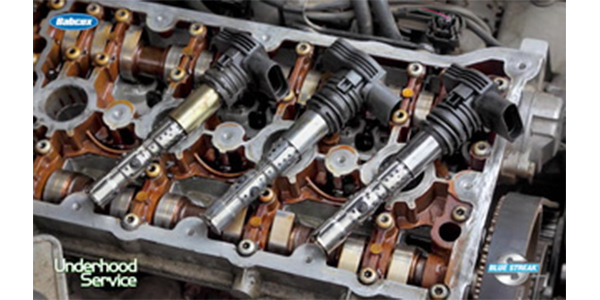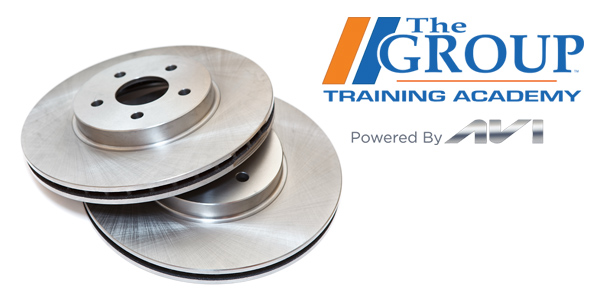The ignition process seems like it’s a process of turning a key or pushing button – but it’s a little more complicated than that. It has to do with the charge in the ignition coil. Sponsored by Blue Streak.
A coil takes a finite amount of time to build up this charge. This is the dwell time, normally defined as the camshaft’s degree of rotation, during which the voltage flows through and charges the primary side of the coil. It is measured in degrees on older distributor systems – on modern ignition systems it is measured in milliseconds.
Back in the day of points and condensers, checking the dwell was part of an all-around tune-up. Because of the constant electrical arc between the points contact area, they would wear down and change the dwell periodically, which led to readjusting the point gap or replacing them regularly.
Dwell is regulated by the engine management system to optimize the strength of the spark required, voltage and the design of the coil. With today’s cars and their computer-driven electronic ignition, dwell can no longer be adjusted with a screwdriver and thickness gauge.
Dwell can still be used as a diagnostic test to determine if the ignition system and components are functioning correctly. The dwell will change depending on conditions inside the coil and combustion chamber. However, to see this, it requires the use of a scan tool and not one of these old dwell meters.
Too little dwell time and the coil won’t have time to charge up fully and you’ll get a weak spark. Too much dwell time and the coil loses some of its charge and can also cause a weak spark. Too much dwell can also cause the coil to overheat and cause the coil to breakdown and fail internally.
Most importantly, the dwell for modern engines is calculated on the design and construction of the original ignition coil. If a replacement coil does not match the OEM’s design for the windings and internal componentry, it might cause drivability issues and have a much shorter life.
Courtesy of Underhood Service.














